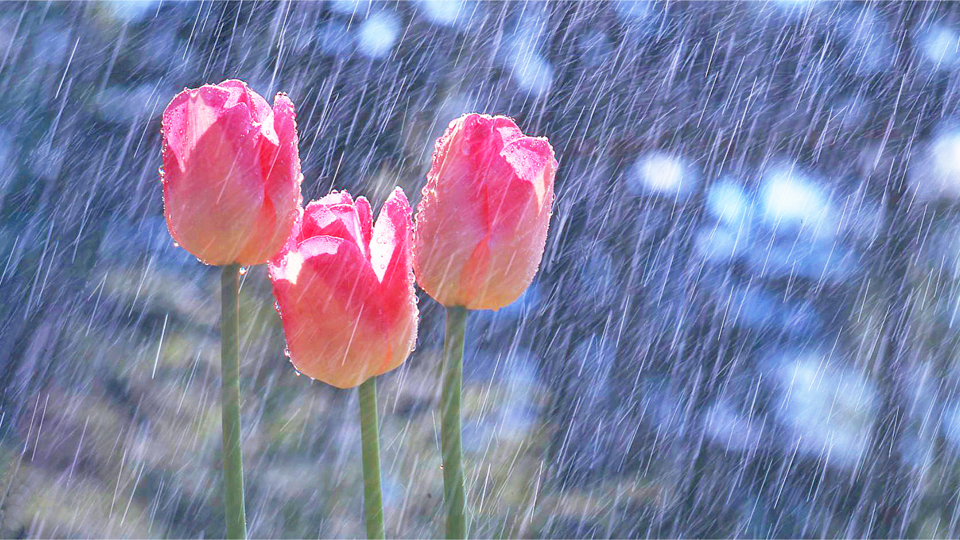One of the best ways to keep your drain and sewer pipes clean and spotless is scheduling routine water jetting service, along with routine video camera inspections. Water jetting, sometimes referred to as sewer jetting or hydro jetting, is a non-invasive method of cleaning your wastewater lines. It’s a safe, efficient and environmentally-friendly way to rid your drain pipes of any buildup or debris, keeping your system healthy, clean and free of blockages.
A water jetter is a flexible metal hose that can cover as much as 350 feet of even the most inaccessible sewer lines and, when activated with a hand-held remote, pumps up to 4,000 PSI of high-pressure water through the line, blasting away anything sitting or forming on the pipe’s wall. But not all problems – and buildup – are the same, which is why there are different types of water jetter nozzles, designed for maximum power, to handle anything slowing down your lines.
The Types Of Water Jetter Nozzles Zoom Drain’s Experts Use
With five different nozzles in our repertoire, each one serves a very specific purpose and varies in the amount of pressure it provides, allowing us to best clean whatever is hiding in your pipes.
When we show up to a service call, we make sure we always have all of the necessary tools to handle whatever might be blocking your wastewater from flowing its best. That’s why our trucks always have five different water jetter nozzles on board – each one with a different function.
.2207280851115.jpg) The first nozzle is a flushing nozzle or, as we call it, the everyday nozzle. It features a wide spray pattern, aiming the water in a backwards motion, to clean loose debris and flush out the line. Best used after the stoppage has been cleared, it ensures everything is gone. Next, there’s the penetrating nozzle, featuring one spray forward and two spraying backwards. The forward jet cuts through debris and the rear narrow spray pattern provides a stronger thrust, that way the hose can better move down the pipe. It just offers more power than the everyday nozzle.
The first nozzle is a flushing nozzle or, as we call it, the everyday nozzle. It features a wide spray pattern, aiming the water in a backwards motion, to clean loose debris and flush out the line. Best used after the stoppage has been cleared, it ensures everything is gone. Next, there’s the penetrating nozzle, featuring one spray forward and two spraying backwards. The forward jet cuts through debris and the rear narrow spray pattern provides a stronger thrust, that way the hose can better move down the pipe. It just offers more power than the everyday nozzle.
If there’s a massive clog, one that needs extra attention, it’s time to call in the big gun: the warthog. Revered as the best nozzle in our arsenal, it is most often used for root or grease elimination. The head of this nozzle actually spins slowly, with two sprays blowing backward and one blasting forward. As it spins slowly, the water streams are so powerful that they actually cut the debris. We often place the drain video inspection camera behind it to see exactly where the roots are and then the nozzle goes on to cut through it. This nozzle is so powerful, it can actually cut through a piece of two-by-four – but we don’t recommend trying that at home.
The next nozzle is called the debris nozzle, though we often refer to it as the egg nozzle because of the way it looks. It sprays entirely in reverse, except for one forward, but it’s heavy and the additional weight allows it to sit at the bottom of the pipe and blow the debris out. The weight offers extra power because it sits rather than blowing back and forth inside the pipe and, in the end, it’s just a better way of getting any of that pesky buildup off the bottom of the line.
Last, but certainly not least, is the chisel nozzle. Blowing both ways – with four forward and six in reverse – this tool is used if there’s concrete, grout, sand or something you need to break through in the line. It allows the water jetter line to punch through and then sprays to help get rid of whatever might be remaining afterward. It’s best used for starting the loosening process. And, much like all of the nozzles we use, the chisel nozzle won’t damage the inside of your pipes.
Are your drains and sewers in need of our water jetting service to remove any debris and buildup? Don’t worry, we’ve got the perfect nozzle to make sure your line is sparkling clean. Give us a call or schedule an appointment online at your nearest location today.





.0000000000000.png)
.0000000000000.png)